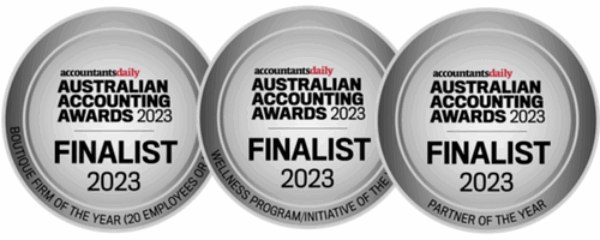2021 was a busy year for the superannuation industry, and no doubt as we head to a federal election superannuation will again be a hot topic.
A few weeks ago, Federal Parliament passed new legislation to be effective from 1 July 2022 which will provide additional attractive concessions for members of superannuation funds. We discuss these changes in our June 2022 update, however, read on for a summary of key items of note as we near the end of the current financial year.
2021-22 Contributions Cap
- Concessional contributions cap: $27,500 (tax deductable)
- Non-concessional contributions: $110,000 (or if you can use the bring forward rule, up to $330,000)
Concessional Contributions Catch-up
If you have made concessional contributions since July 2019 of less than the annual concessional contribution cap which is currently $27,500, you may be able to accrue these unused amounts to use or claim in future income years. Unused cap amounts can be carried forward for up to 5 years before they expire. To be eligible to make catch-up concessional contributions your total super balance at 30 June of the prior financial year must be below $500,000. This concession can be helpful if you have a broken work pattern such as maternity leave for example, or you could not afford or chose not to contribute in a particular year.
Minimum annual pension drawdowns
Where the superannuation fund is in pension mode for 2021-2022 the minimum draw down percentage has been halved as a COVID concession.
AGE MIN. ANNUAL DRAWDOWN (%)
Under 65yrs 2%
65-74yrs 2.5%
75-79yrs 3%
80-84yrs 3.5%
85-89yrs 4.5%
It is important to note that the minimum annual pension amount is withdrawn before 30 June 2022 otherwise the superannuation fund may lose its tax-free status.
Transfer balance cap
The maximum amount of an individual’s superannuation benefits that the person can have in pension mode is $1.7million as of 1 July 2021 (previously $1.6m).
SuperStream
From 1 October 2021 SMSF trustees must use SuperStream to rollover any superannuation to, or from, their SMSF. If you wish to arrange a rollover to, or from, your SMSF please contact Janine Lawson, or Michael Walsh, so that the correct SMSF ESA can be used.
Bring forward contribution rule extended
Individuals can trigger the bring-forward rule if they are under age 67 (previously age 65) at the start of the financial year. This has important implications for individuals who want to top up their superannuation during the financial year they turn 67.
Market Valuations
The ATO has recently updated regulations requiring SMSF trustees to ensure valuations on assets are being assessed annually. One of the major SMSF audit issues continues to be property valuations. Under auditing requirements, SMSF auditors need to be able to see comparable sales results for properties.
The ATO auditing guidelines indicate that real estate appraisals stating the likely selling price for a property based on sales in the area, without listing details of those sales, would generally not on its own be sufficient and appropriate evidence. Valuations which are not complete or adequate can cause delays in SMSF auditors signing audit reports and therefore delay lodgement of the fund’s tax return and statutory reports.
Changes to be aware of, effective 1 July 2022 include:
- removal of the work test for non-concessional contributions (NCCs) and salary sacrifice contributions for individuals aged between 67 and 75
- extending eligibility to make NCCs under the bring-forward rule to individuals aged under 75 years at the beginning of the financial year
- extending eligibility to make downsizer contributions to those age 60 and over
- an increase in the maximum amount of voluntary contributions made to super that can be released under the First Home Super Saver Scheme (FHSSS)
Family Law Proceedings
From 1 April 2022 a party to family law proceedings can apply to the court permission to request information from the ATO regarding the identity and value of their former partner’s superannuation assets. The court can then provide this information to the parties or to their lawyers.
Director I.D. Requirements
Company directors are now required to verify their identity by applying for a new director identification number (DIN), this includes directors of trustee companies of SMSF’s and family trusts. It is the responsibility for each director to apply for their own DIN, with a deadline to have this in place by November 2022. Walshs can provide advice on the process. For assistance, please contact Sue Shepherd on 32215677.











